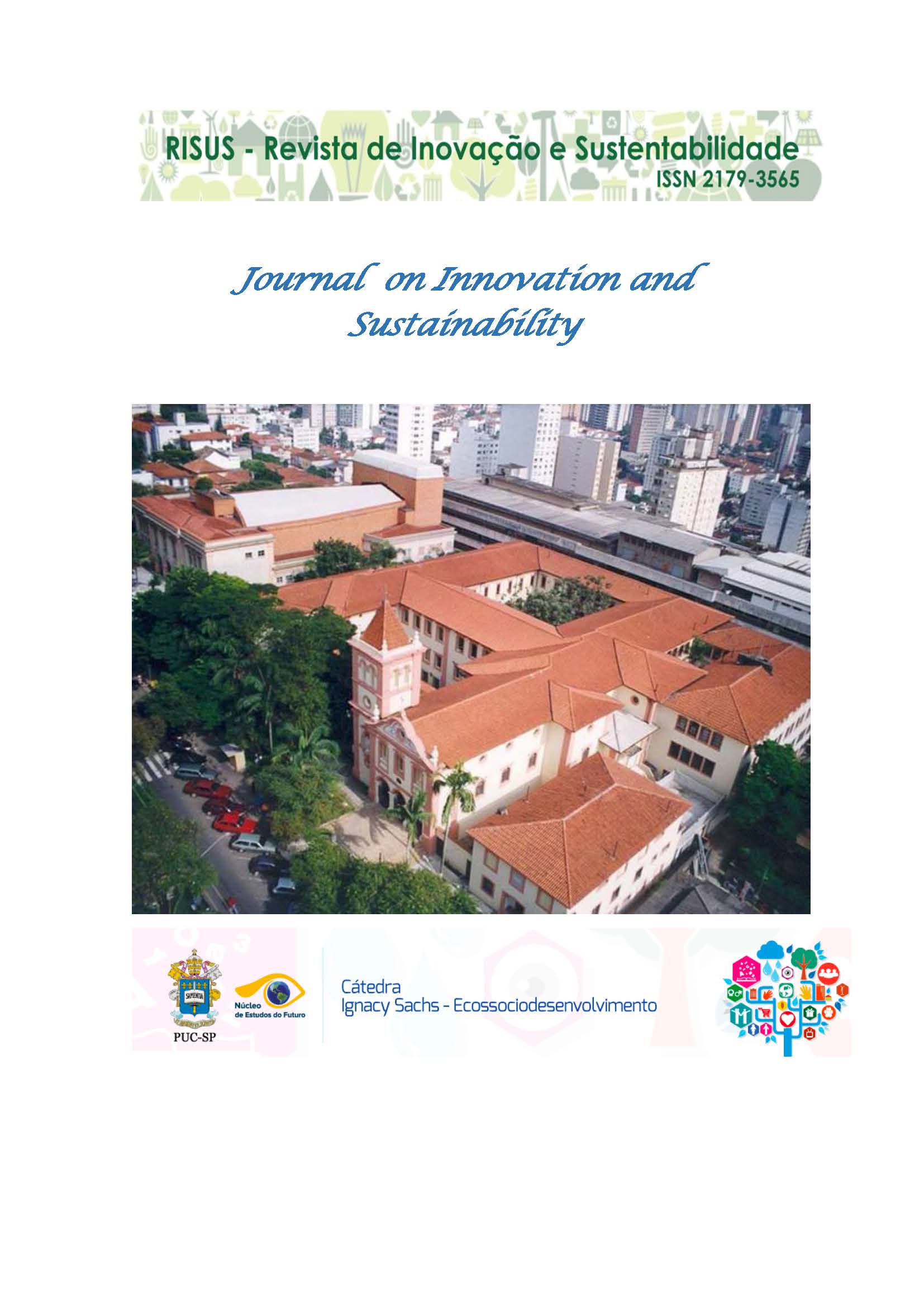Impact of employee sustainability knowledge on employee sustainable behavior
a study of manufacturing sector and service sector employees
DOI:
https://doi.org/10.23925/2179-3565.2025v16i1p18-26Keywords:
Sustainability, Industry 4 .0, Corporate Sustainability Training, Employee Sustainable Development Goals Knowledge, Employee Sustainable BehaviorAbstract
Sustainability has become a key business imperative in the contemporary Industry 4 .0 regime. The success of organizations in this VUCA world depends upon sustainable innovations which largely depends on employees understanding of sustainability and resultant sustainable behavior. Many empirical studies have shown the positive impact of employee sustainability knowledge on employee sustainable behavior across the organizations. The organizations need to invest in Corporate Sustainability Training of employees to improve their SDG knowledge in order to drive sustainable behavior. This paper attempts to examine relationship between Employee Sustainable Development Goals Knowledge and Employee Sustainable Behavior among those, working in manufacturing sector and service sector. Impact of gender on employee SDG knowledge and behaviors has also been explored in the study.
References
Allen, W., Kilvington, M., & Horn, C. (2002). Using participatory and learning-based approaches for environmental management to help achieve constructive behavior change. Landcare Research Contract Report: LC0102/057. Prepared for: Ministry for the Environment, Wellington, New Zealand.
Alsaati, T., El-Nakla, S., & El-Nakla, D. (2020). Level of sustainability awareness among university students in the eastern province of Saudi Arabia. Sustainability, 12(8), 3159.
Boiral, O. (2005). The impact of operator involvement in pollution reduction: Case studies in Canadian chemical companies. Business Strategy and the Environment, 14(6), 339-360.
Delmas, M. A., & Pekovic, S. (2018). Corporate sustainable innovation and employee behavior. Journal of business ethics, 150(4), 1071-1088.
Gericke, N., Boeve‐de Pauw, J., Berglund, T., & Olsson, D. (2019). The Sustainability Consciousness Questionnaire: The theoretical development and empirical validation of an evaluation instrument for stakeholders working with sustainable development. Sustainable Development, 27(1), 35-49.
Hunter, L. M., Hatch, A., & Johnson, A. (2004). Cross‐national gender variation in environmental behaviors. Social science quarterly, 85(3), 677-694.
Jamwal, A., Agrawal, R., Sharma, M., Kumar, V., & Kumar, S. (2021). Developing A sustainability framework for Industry 4.0. Procedia CIRP, 98, 430-435.
Jones, J., Jackson, J., Tudor, T., & Bates, M. (2012). Strategies to enhance waste minimization and energy conservation within organizations: a case study from the UK construction sector. Waste management & research, 30(9), 981-990.
Ketata, I., Sofka, W., & Grimpe, C. (2015). The role of internal capabilities and firms' environment for sustainable innovation: evidence for G Germany. R&d Management, 45(1), 60-75.
Levine, D. S., & Strube, M. J. (2012). Environmental attitudes, knowledge, intentions and behaviors among college students. The Journal of social psychology, 152(3), 308-326.
Ozaki, R. (2011). Adopting sustainable innovation: what makes consumers sign up to green electricity? Business strategy and the environment, 20(1), 1-17.
Poortinga, W., Steg, L., & Vlek, C. (2004). Values, environmental concern, and environmental behavior: A study into household energy use. Environment and behavior, 36(1), 70-93.
Scannell, L., & Gifford, R. (2013). Personally relevant climate change: The role of place attachment and local versus global message framing in engagement. Environment and Behavior, 45(1), 60-85.
Schelly, C., Cross, J. E., Franzen, W. S., Hall, P., & Reeve, S. (2011). Reducing energy consumption and creating a conservation culture in organizations: A case study of one public school district. Environment and Behavior, 43(3), 316-343.
Schultz, P. W., & Oskamp, S. (1996). Effort as a moderator of the attitude-behavior relationship: General environmental concern and recycling. Social psychology quarterly, 375-383.
Severo, P. P., Furstenau, L. B., Sott, M. K., Cossul, D., Bender, M. S., & Bragazzi, N. L. (2021). Thirty years of human rights study in the web of science database (1990–2020). International journal of environmental research and public health, 18(4), 2131.
Stern, P. C., Kalof, L., Dietz, T., & Guagnano, G. A. (1995). Values, beliefs, and proenvironmental action: Attitude formation toward emergent attitude objects 1. Journal of applied social psychology, 25(18), 1611-1636.
Tikka, P. M., Kuitunen, M. T., & Tynys, S. M. (2000). Effects of educational background on students' attitudes, activity levels, and knowledge concerning the environment. The journal of environmental education, 31(3), 12-19.
Torgler, B., Garcia-Valiñas, M. A., & Macintyre, A. (2008). Differences in preferences towards the environment: The impact of a gender, age and parental effect.
Tudor, T. L., Barr, S. W., & Gilg, A. W. (2008). A novel conceptual framework for examining environmental behavior in large organizations: A case study of the Cornwall National Health Service (NHS) in the United Kingdom. Environment and behavior, 40(3), 426-450.
Xiao, C., & Hong, D. (2010). Gender differences in environmental behaviors in China. Population and Environment, 32(1), 88-104.
Xiao, C., & McCright, A. M. (2012). Explaining gender differences in concern about environmental problems in the United States. Society & Natural Resources, 25(11), 1067-1084.
Zamora-Polo, F., Sánchez-Martín, J., Corrales-Serrano, M., & Espejo-Antúnez, L. (2019). What do university students know about sustainable development goals? A realistic approach to the reception of this UN program amongst the youth population. Sustainability, 11(13), 3533.
Zelezny, L. C., Chua, P. P., & Aldrich, C. (2000). New ways of thinking about environmentalism: Elaborating on gender differences in environmentalism. Journal of social issues, 56(3), 443-457.

Downloads
Published
Issue
Section
License
This Journal is licensed under a Creative Commons Attribution-Non Commercial-No Derivers 4.0 International license.
1.The author (s) authorize the publication of the article in the journal;
2.The author (s) warrant that the contribution is original and unpublished and is not in the process of being evaluated in other journal (s);
3. The journal is not responsible for the opinions, ideas and concepts emitted in the texts, as they are the sole responsibility of its author (s);
4. The editors are entitled to make textual adjustments and to adapt the articles to the standards of publication.

